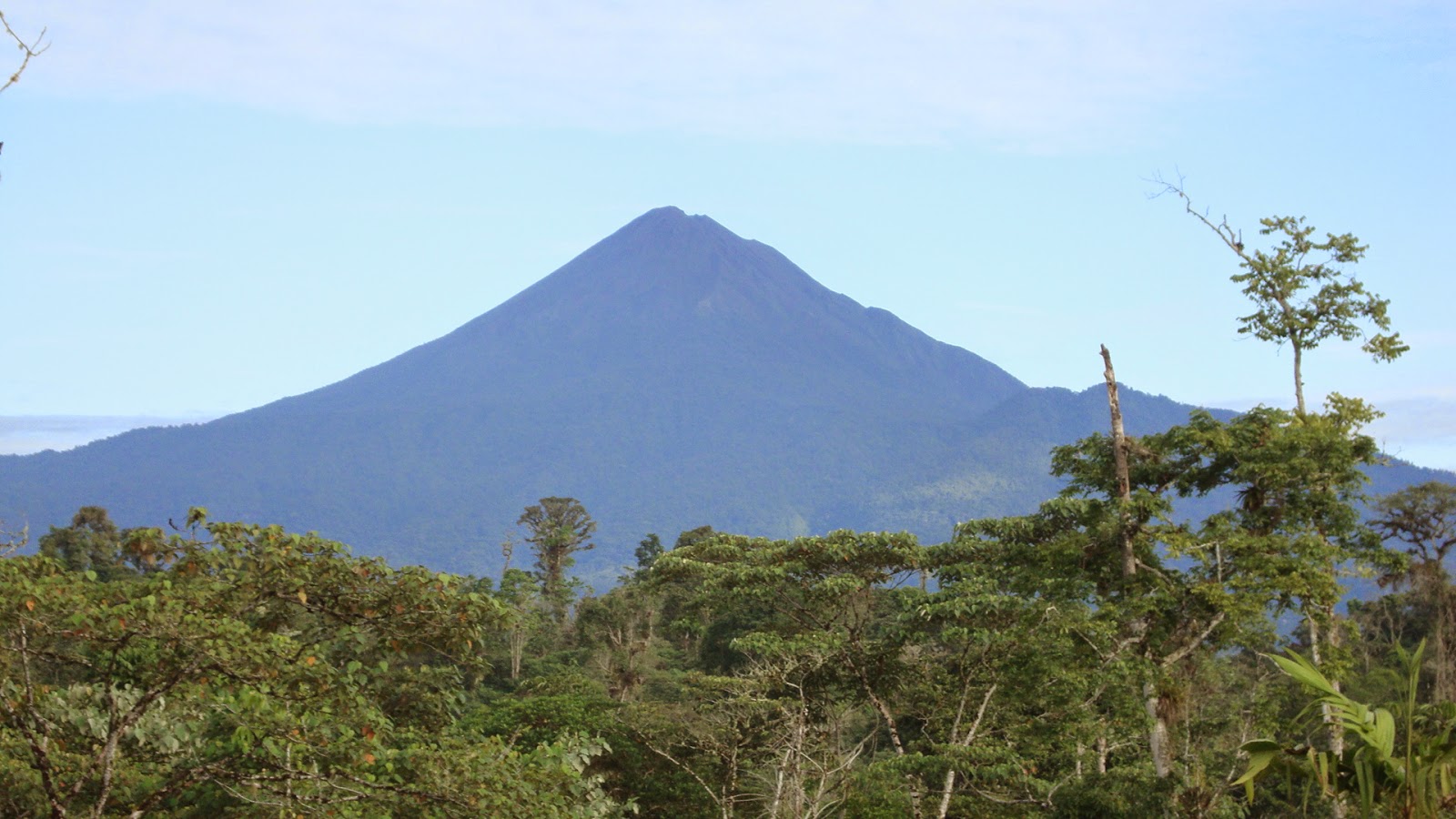Ecuador
Sumaco
Fecha de declaración: 10 de noviembre del 2000
Superficie: 931.930 ha
División administrativa: Provincias de Napo (Cantones Tena, Archidona, Quijos, El Chaco y Carlos Julio Arosemena Tola), Francisco de Orellana (Cantones Loreto y Orellana) y una pequeña área en Sucumbíos (Cantón Gonzalo Pizarro)
Actividades humanas:
Actividades agropecuarias de autoconsumo y comercialización. Extracción y comercialización de productos forestales. Ganadería vacuna Acuacultura: cría y comercialización de Truchas, Tilapias y Cachamas. Producción y comercialización de hongos comestibles Pleurotus ostreatus. Microempresas agroindustriales. Elaboración y comercialización de artesanías a base de productos del bosque. Ecoturismo: Raffting, Kayac, turismo de aventura, entre otros.Características ecológicas:
• Bosque Húmedo y Muy Húmedo tropical: Altitud menor a 600 msnm; Temperatura media mayor a 24º C y Precipitación entre 2000- 4000 y 4000-6000 mm/año respectivamente.• Bosque Muy Húmedo y Pluvial Premontano:Altitud 600-2000 msnm; Temperatura media entre 16 -24ºC y Precipitación entre 2000-4000 y 4000-6000 mm/año respectivamente.
• Bosque Pluvial Montano Bajo: Altitud 2000-3000 msnm; Temperatura media 12-18ºC y recipitación entre 4000-6000 mm/año.
• Bosque Pluvial Montano: Altitud entre 3000 - 3732 msnm; Temperatura media 6-12ºC y Precipitación 2000- 4000 mm/año.
• Páramo Pluvial Subandino: Altitud 3500 - 3732 msnm; Temp. media de 6-8º C y Precipitación entre 2000- 4000 mm/año.
General Description:
The Sumaco
Biosphere Reserve is located 100 km south-east of Quito in western Napo
province. There are numerous watercourses in the area, such as the Suno, Coca,
Pitayacu and Pusuno Rivers. The Sumaco Volcano (3,900 meters above sea level)
is a rather isolated peak lying to the east of the main Andean Mountain Range.
It covers a large variety of ecosystems from the tropical highlands-Andean
paramour to the tropical Amazon plains. Moist broadleaf forest with an
abundance of palms is the major vegetation type. The area includes
well-preserved corridors of habitats from the lowlands to above the tree line.
There is a highly diverse fauna. Mammals include spectacled bear (Tremarctos
ornatus), Jaguar (Panthera onca) and several species of bats. Birds include
torrent duck (Merganetta armata) and Andean cock-of-the-rock (Rupicola
peruviana). There are about 100,000 (2001) people living in the area, including
indigenous communities. The potential for economic and human sustainable
development in the biosphere reserve is based on three different aspects:
traditional uses, sustainable use of natural resources, and the use of the
biosphere reserve as a place where socio-economic conflicts and other problems
can be addressed. The rich socio-cultural diversity in the region is believed
to promote the economy of people living there. The main economic activities are
coffee plantations, agriculture, fisheries, and production of naranjilla, use
of natural resources in forest, agro-forestry and tourism.
Tomado de:
- http://www.unesco.org.uy/mab/fileadmin/ciencias%20naturales/mab/articulos_RB/Fichas_RB/Ecuador/Sumaco.pdf- http://www.unesco.org/mabdb/br/brdir/directory/biores.asp?code=ECU+03&mode=all

No hay comentarios:
Publicar un comentario